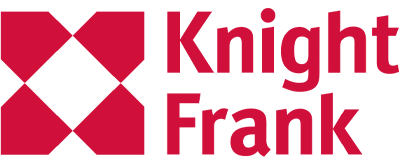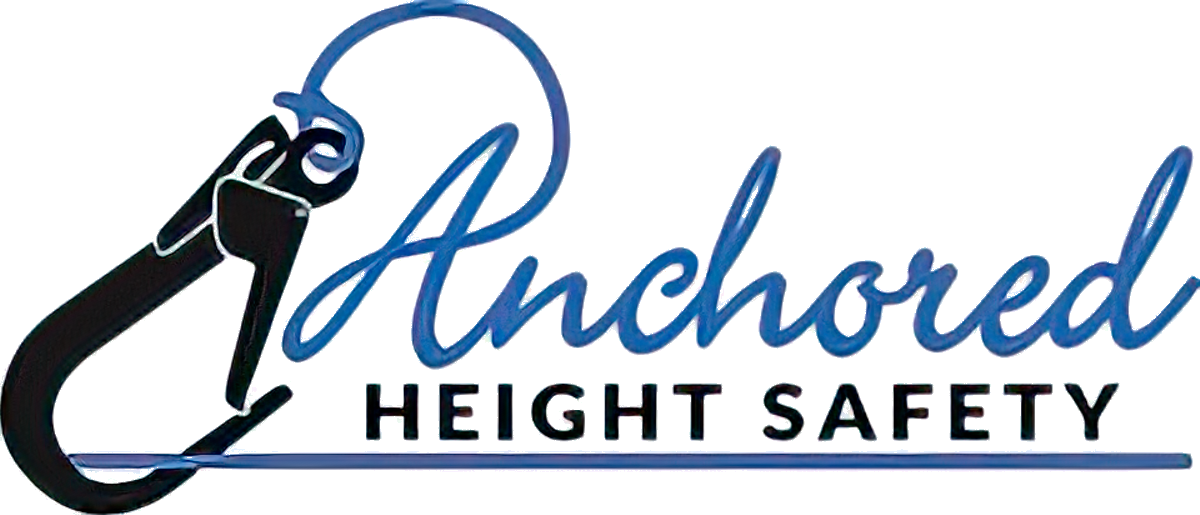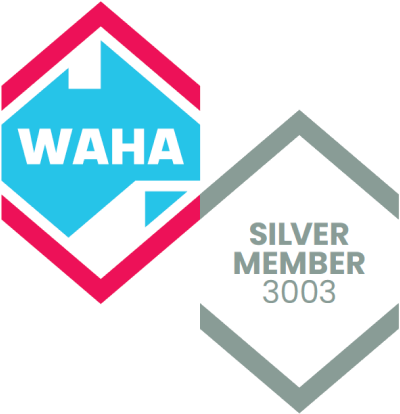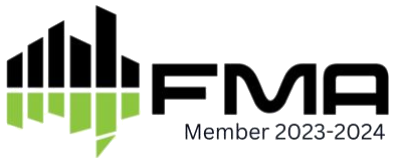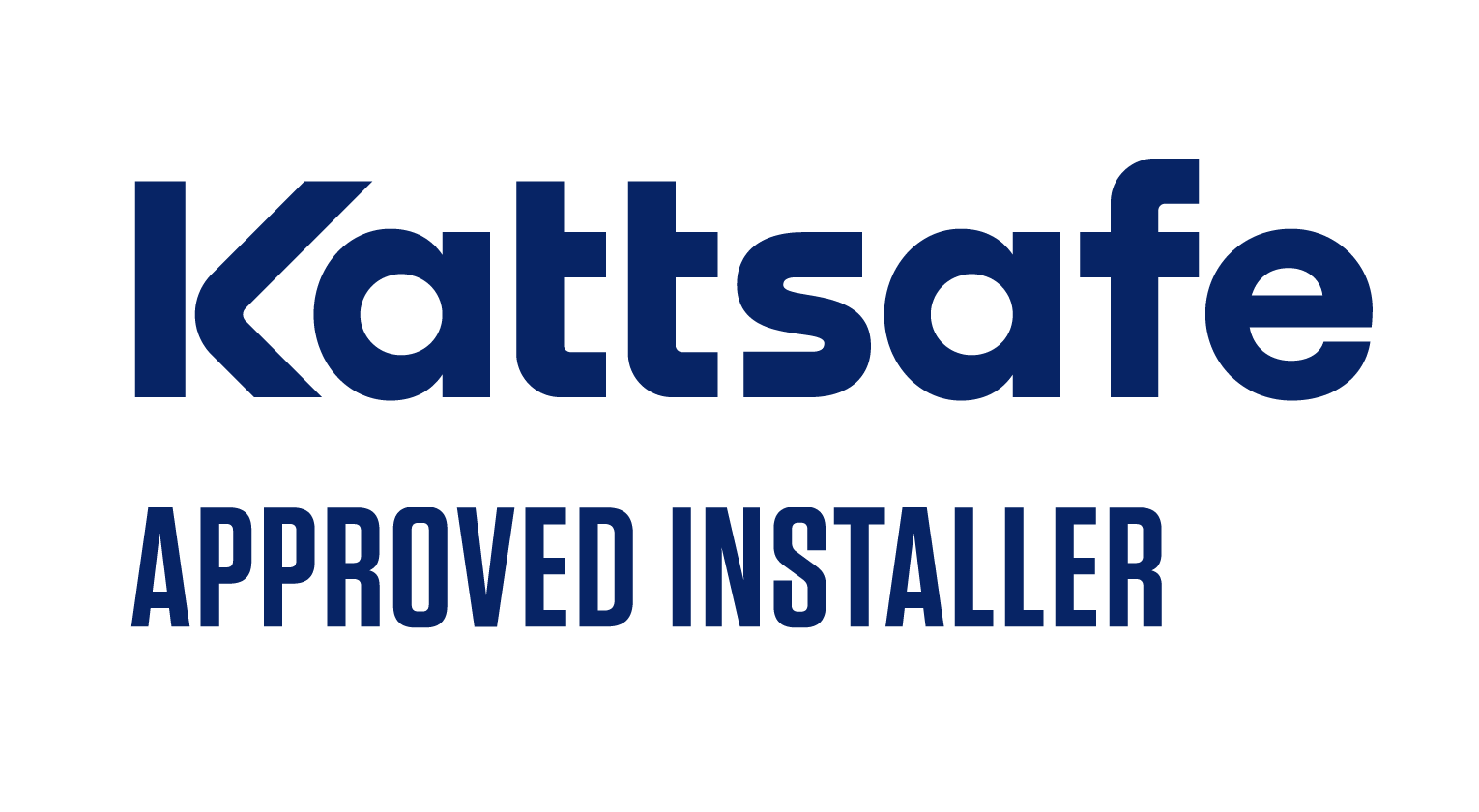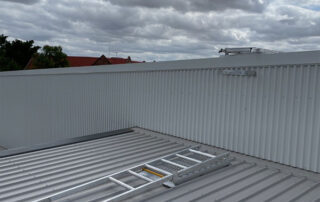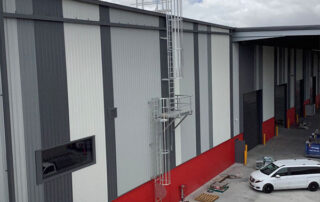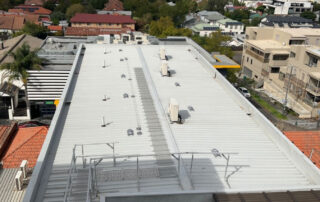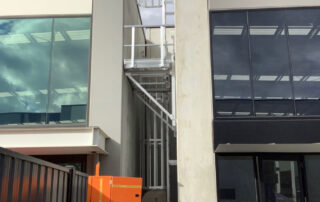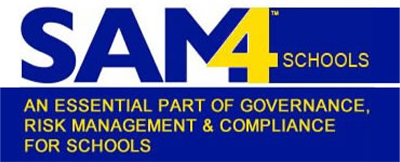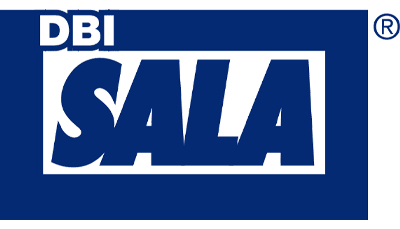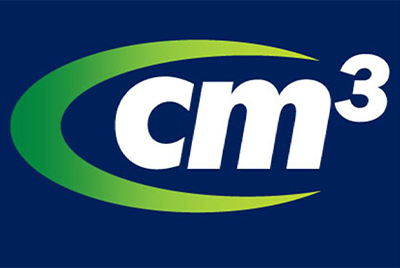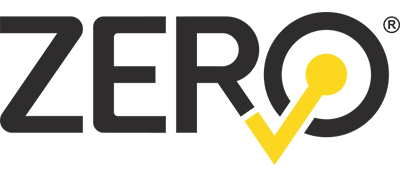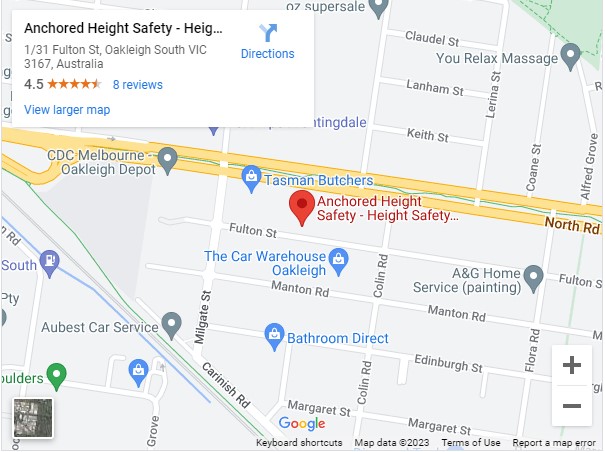Height Safety Inspections, Audits & Reports

Did you know that Australian Standards require ALL height safety systems to have a safety inspection annually due to the high-risk nature of working at heights?
When it comes to roof anchor testing and safety inspection requirements, Anchored Height Safety is the best in the business. With Anchored, you can get full roof anchor inspection, testing and certification of fall arrest and rope access systems.

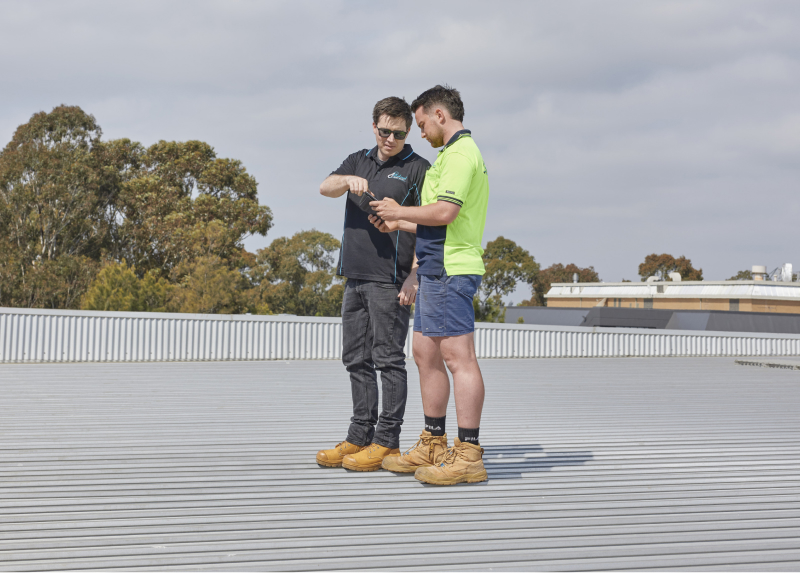
Safety Inspections On Offer

Our Height Access Specialists are here to provide you with all the safety inspections you need, including:
- Annual roof access inspection, such as your roof access hatch or roof ladders
- Roof anchor point testing
- Inspection of all personal protection equipment used onsite (to make sure it’s documented in the Equipment Inspection Register and to assess its performance)
- All inspections as per Australian Standard 1891_4 Appendix C & D
- Check that anchors are individually tagged and identified for accuracy of record-keeping
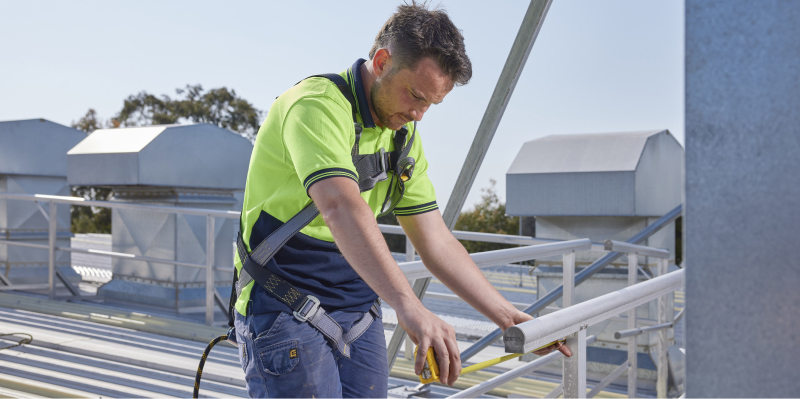
Height Safety System checks are the responsibility of your business. You must maintain all your roof anchor inspections and height safety requirements. This will allow your company to ensure a safe working environment that complies with Australian legislation.
You can achieve a safe working environment by trusting Anchored Height Safety. You’ll be guaranteed that all aspects of your height safety systems inspections are covered because we have the necessary knowledge and tools. We also offer services in auditing and design analysis as well as the supply, installation and maintenance of safety equipment.

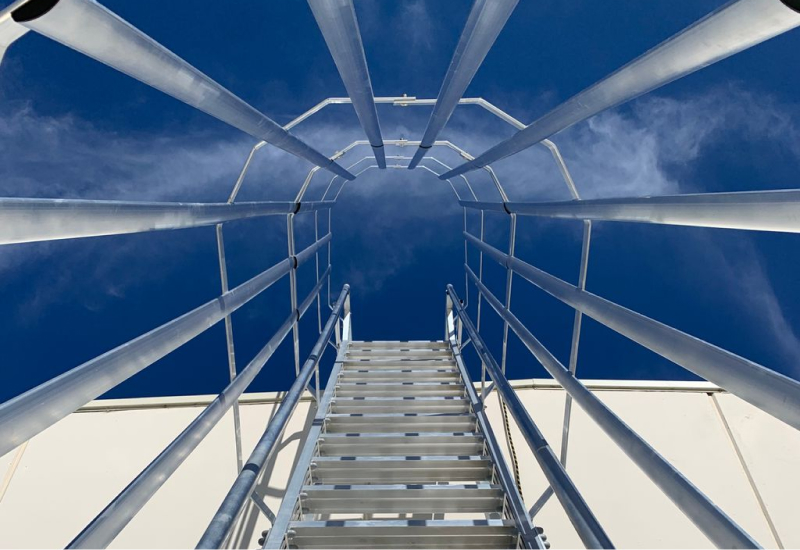
Height Safety Inspections Comprise Of

Our inspections involve a detailed evaluation of your height safety systems, including anchor points, static lines, access ladders, and all other equipment involved in the project. Our trained professional engineers conduct all reviews, following the Australian Standards and Work Health and Safety Regulations, ensuring legal compliance with relevant Australian standards, codes of practice, legislation, and manufacturer specifications.
The result is a comprehensive audit report detailing our findings and proposing corrective actions for any non-compliance identified. Our process involves Height Safety Audits, Risk Assessments, Work Method Statements, Reports and Recommendations.
Our safety inspections include:
The Benefits of Height Safety Inspections

Our services extend beyond regulatory compliance. By ensuring your height safety systems are in excellent condition, we help minimise the risk of falls from heights, enhancing the safety of your workers. We believe a secure work environment encourages productivity and morale, improving business performance—Trust Anchored Height Safety to elevate your safety standards and secure your peace of mind.

Height Safety Audits & Risk Assessments
Height Safety Audits encompass a rigorous and methodical process to ensure the optimum level of safety for individuals working at heights. Our process commences with a comprehensive risk assessment, analysing potential hazards and identifying risk mitigation measures.
This is followed by thoroughly inspecting height safety equipment, including harnesses, anchor points, and fall arrest systems, to ensure they meet the stringent Australian safety standards.
Next, the work practices and procedures relating to height safety are assessed. This includes evaluating training programs, rescue plans, and safety documentation. The goal is to verify that a robust safety culture is embedded within the organisation.
Finally, a report outlining the audit findings and any recommendations for improving height safety is prepared. This report is a valuable tool for organisations to enhance their safety protocols and ensure compliance with the relevant regulations.
Work Method Statements
Anchored’s Work Method Statements (WMS) are critical to height safety inspection. This extensive document outlines the procedure employed during safety inspections, ensuring all tasks are performed systematically and no stone is left unturned.
Our WMS contains a step-by-step guide that inspectors adhere to religiously, ensuring the process is robust and exhaustive and leaves no margin for error.
This methodological approach includes identifying potential risks, evaluating the efficacy of existing control measures, and recommending necessary improvements.
Crucially, the WMS also highlights how we properly use and maintain safety equipment, a key ingredient in mitigating risk.
The importance of a WMS cannot be overstated. It doesn’t just ensure a thorough inspection; ultimately, it plays a significant role in protecting lives. Identifying and rectifying safety issues ensures that workers operating at great heights can do so with confidence, secure in the knowledge that their safety is the top priority. For Anchored, carefully crafted and meticulously followed WMS is the cornerstone of our practical height safety inspection.
Reports and Recommendations
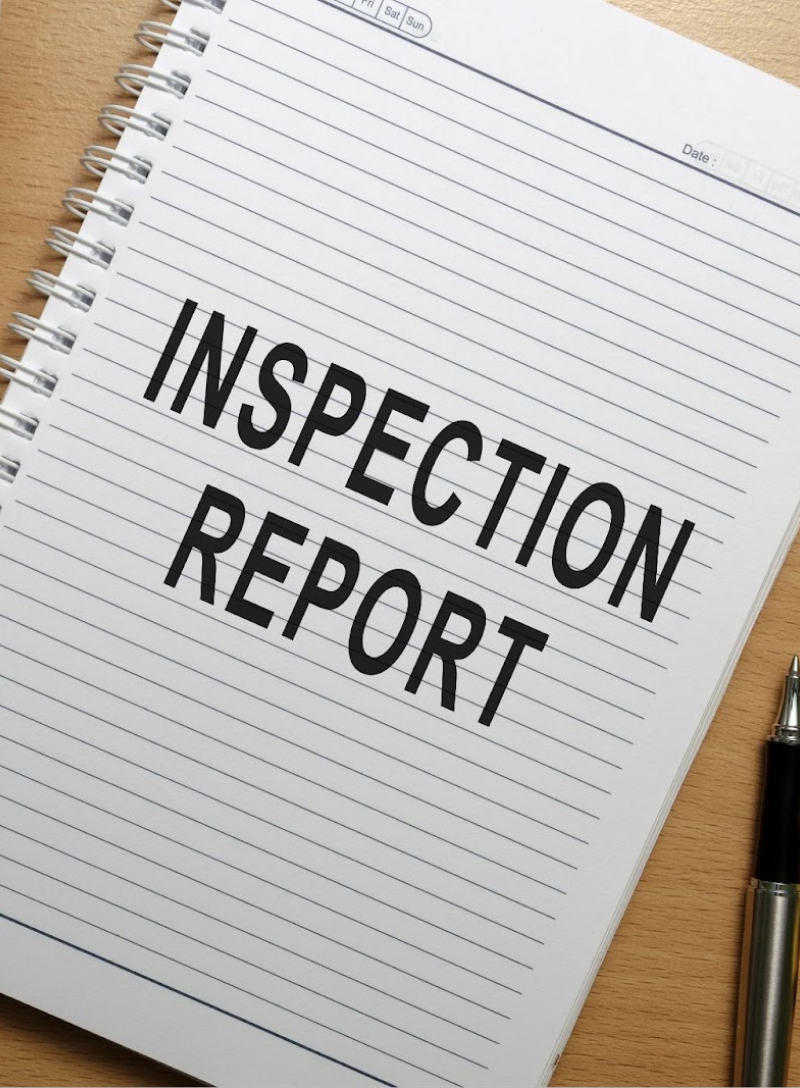
The importance of comprehensive reports and recommendations in height safety inspection cannot be overstated. At Anchored, these documents serve as evidence of diligence in ensuring the safety of employees working at great heights, acting as a stepping stone toward a safer work environment. Reports are the lifeline that connects inspection activities to actionable steps, turning observations into opportunities for improvement.
A sterling report presents a clear and concise inspection account, including the scope, methodology, findings, and remedial recommendations. It should paint a vivid picture of the current state of safety measures, punctuated by photographic evidence where necessary.
Our well-executed report covers access points, fall arrest systems, anchorage points, and personal protective equipment. It leaves no stone unturned, extending its coverage to ladder safety, rail systems, and more.
At Anchored, as the safety guardians, our engineers conduct the inspections, document the findings, and provide informed recommendations for rectification. Once the report is prepared, we will share access to the reports with the site manager or business owner and initiate conversation and action on the findings. This pivotal process ensures that any identified hazards are discussed, addressed and rectified promptly, thereby elevating the safety standards in the work area.

Anchored Height Safety

FREE Report:
5 Crucial Things To Ask Your Height Safety Provider
Oops! We could not locate your form.
Our Trusted Clients

